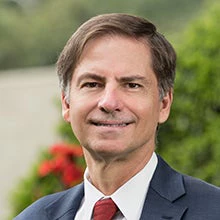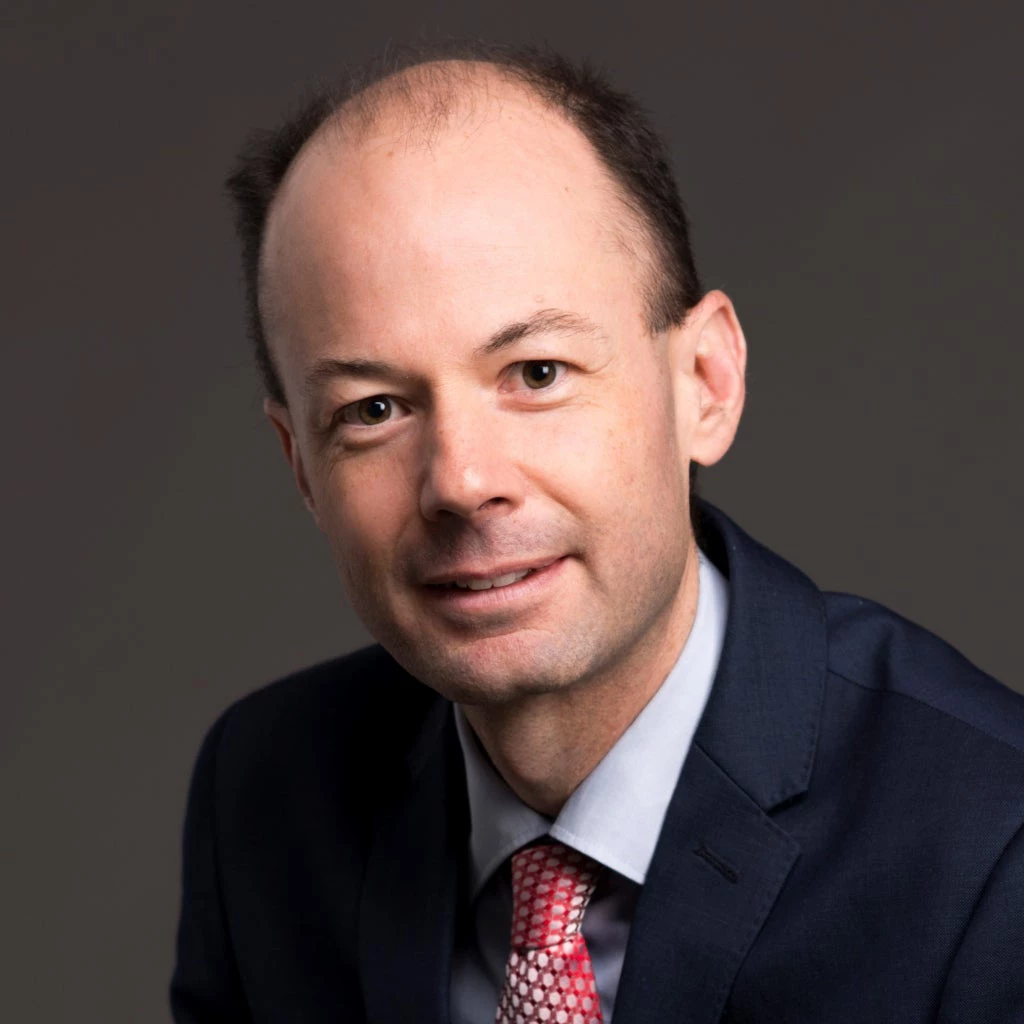 In La Guajira, Colombia, women walk miles to fetch water. Photo: World Bank
In La Guajira, Colombia, women walk miles to fetch water. Photo: World Bank
Many of us in Latin America and the Caribbean have long taken water for granted. After all, doesn’t the region host one third of the planet’s water resources, starting with the mighty Amazon River? But in the last year, headlines after headlines have put that belief in question. A drought cutting off Amazonian communities from the outside world. Water rationing in Bogotá. Blackouts in Quito. Reduced draft in the Panama Canal. Forest fires in Brazil and Bolivia. Floods in Rio Grande do Sul. And the list goes on.
A common thread runs through those multiple disasters: water. Our changing climate is fundamentally disrupting the region's hydrological cycle, shifting when, where, and how much water is available and further deteriorating its quality. The Andes glaciers have lost up to half their volume in the last 30 years. An estimated 150 million people live in areas with water scarcity. Droughts and floods have caused more than USD 40 billion in losses across the region, affecting more than 100 million people over the last 20 years. Adapting to a changing climate, means adapting to a new water reality.
This emerging reality is not just a concern for the region's water planners and managers—it concerns us all. Water is essential to Latin America and the Caribbeans’ prosperity, health, and quality of life. More than 80 million jobs depend directly or indirectly on water. Thanks to its water wealth, Latin America has positioned itself as the world's largest net food exporter. Water is the source of 45% of the region’s energy. Its biodiversity and natural sites – from the Iguazu Falls to the beaches of Roatán, attract millions of tourists each year. Meanwhile, its ecosystems, particularly the Amazon, play a critical role in regulating both regional and global climate. However, these achievements depend on an increasingly uncertain factor: safeguarding the quality and quantity of water.
So, is climate change the only culprit for the region’s water challenges? Not quite. For sure, the region must continue adapting to hydrological variability and increasingly frequent extreme weather events. But this is not enough.
For too long, the region has taken its water for granted. Latin America lags behind global averages in water productivity and efficiency, both in the agricultural and urban sectors. Many countries struggle to adequately maintain and secure their dams and reservoirs, or manage their aquifers. Meanwhile, persistent deforestation and uncontrolled urbanization amplify the impacts of weather extremes by reducing retention and infiltration, and affecting regional water flows and quality. Where water is available, it is frequently contaminated. 43% of the region’s water bodies and nearly half its aquifers are polluted, in part due to the 36% of wastewater that is released untreated. 150 million people lack safe water, and 400 million safe sanitation.
The political taboo around valuing and charging for water, combined with the complicated fiscal situation in many countries, has limited water sector investment to less than USD 6 billion a year, with downward trend. At this rate, our colleagues at CEPAL estimate it would take over 70 years to achieve the SDG of safe water for all in Latin America, with the poor and vulnerable paying the highest price.
The good news is that this situation is reversible! Many of the solutions exist already and can be put into a water transition towards a more resilient region. Let us explain.
First, we must recognize the true value of water, for society, for the environment, and for our economies. Proper economic pricing and regulatory incentives are key to increase water productivity and efficiency across all sectors, as well as generate additional financial resources. In turn, those resources can be used to invest in water security for all, ensure affordability for the vulnerable and compensate for negative externalities.
Second, we must work with nature, not against nature. Some countries are already experimenting with land management around water, recognizing the linkages among land use planning, landscapes, ecosystems, and the hydrological cycle, and introducing payment mechanisms for water and environmental services. New approaches, based on nature, allow for reducing exposure to floods or droughts while simultaneously improving living conditions for neighbors and the environment, while a resilient agriculture approach limits climate impact.
And third, the water business is everyone’s business. Water underpins every aspect of our life; from our health and education, to the food we eat, to the goods we use, the jobs we have, the places we live, the outdoors we enjoy. Its use and quality are driven by multiple economic sectors – agriculture, cities, industries, hydropower, mining companies. It is too important to be left just to the water planners and managers. Rather, Governments, the private sector and civil society must work with each other to better protect and productively use this shared resource, at community level, at basin level, at national level and as a global public good.
Heads of State and Ministers of Economy and Finance of the region are rightly concerned about the impact of the water shocks on their country’s economic and social prospects. Our message on this World Water Day is clear: solutions exist in the public and private sectors and with civil society, the time to implement them is now, and political leadership is critical. Jointly, we can deliver the water transition necessary to secure a prosperous and sustainable future for Latin America and the Caribbean despite a rapidly changing climate. Our work is cut out for us.



Join the Conversation